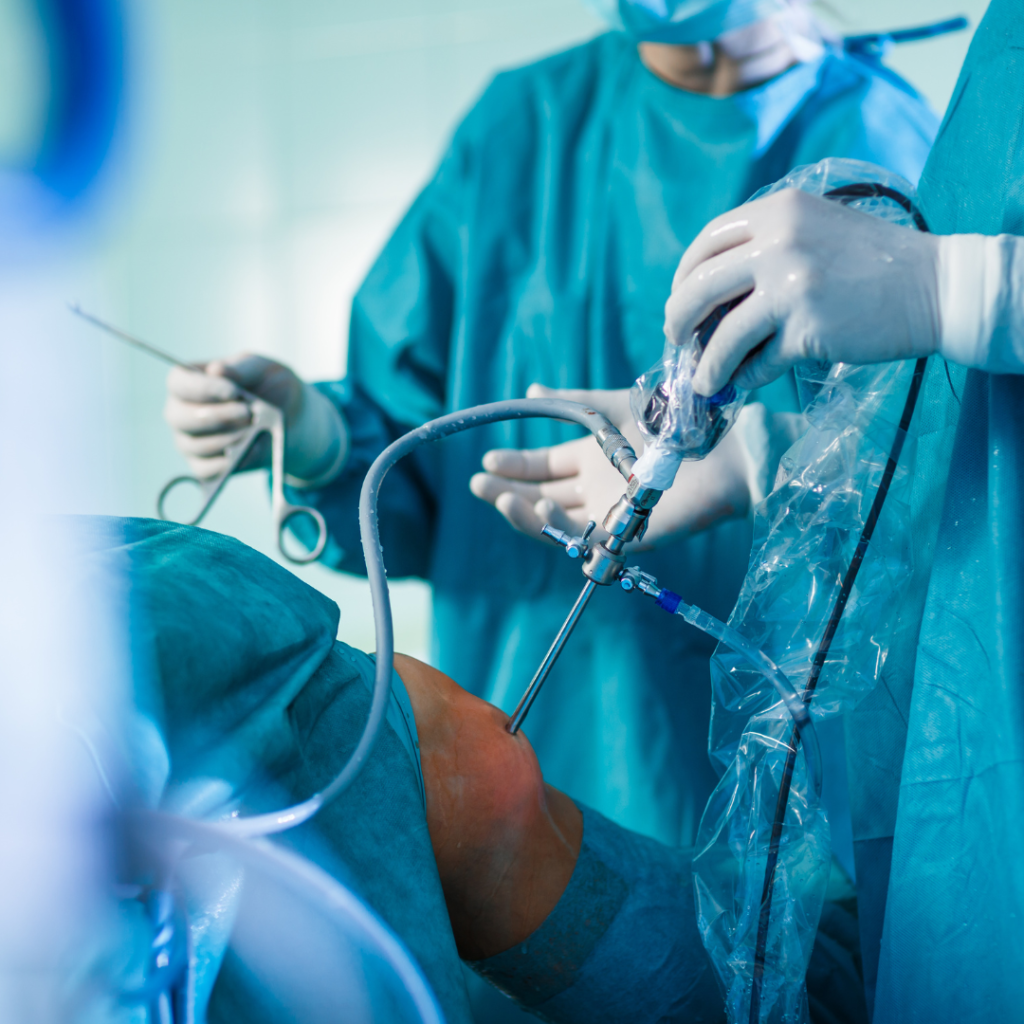The knee joint is made up of two parts. The part of the knee between the end of the thigh bone (femur) and the top of the shin bone (tibia) is called the tibiofemoral joint. The patellofemoral joint is between the end of the thigh bone (femur) and the kneecap (patella).
The knee joint is surrounded by synovial fluid which keeps it lubricated. The bones are covered by smooth joint surface (articular) cartilage that allows them to glide smoothly together without friction. If the joint surface is damaged through wear and tear or a knee injury, arthritis can develop.
Cruciate ligaments
These are found inside your knee joint. They cross each other to form an “X” with the anterior cruciate ligament in front and the posterior cruciate ligament at the back. The cruciate ligaments control the back and forth motion of your knee.
Collateral ligaments
These are found on the sides of your knee. The medial or “inside” collateral ligament (MCL) connects the femur to the tibia. The lateral or “outside” collateral ligament (LCL) connects the femur to the smaller bone in the lower leg (fibula). The collateral ligaments control the sideways motion of your knee and brace it against unusual movement.
Knee
Knee

Knee treatments
- Children’s knee surgery
- Knee cartilage surgery
- Knee distraction
- Knee keyhole surgery
- Knee ligament surgery
- Knee osteotomy
- Knee replacement surgery
- Knee tendon surgery
- Kneecap (patella) stabilisation
- Meniscal surgery
- Regenerative Treatment
Knee conditions
- arthritis / osteoarthritis
- Knee cartilage injuries
- Knee replacement surgery
- Knee ligament injuries
- Knee tendon injuries
- Kneecap (patella) dislocation
- Kneecap (patella) fracture
- Kneecap (patella) instability
- Meniscal Damage
- Sports injuries
